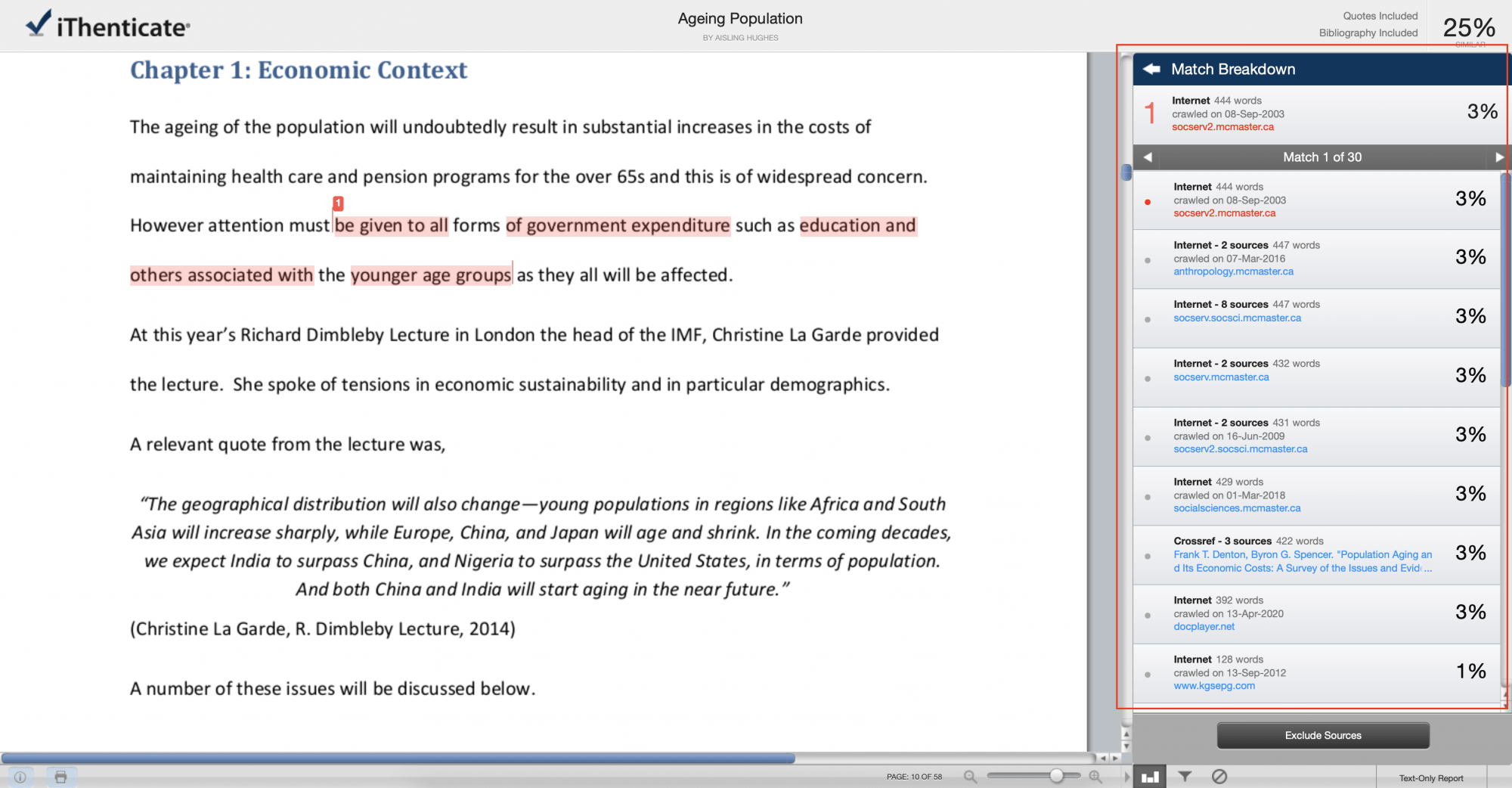

- HOW TO COPY AND PASTE IN WORD WITHOUT PROFESSOR FINDING OUT HOW TO
- HOW TO COPY AND PASTE IN WORD WITHOUT PROFESSOR FINDING OUT PDF
I opened the PDF in Acrobat, opened the "Recognize Text" tool on the right side (see below) and clicked "In This File" to run the OCR.Īnd so, that was that. I used the default settings to OCR the text. So, like Teri, I just used the OCR tools for Acrobat to convert. (Note that this is for Acrobat Pro, not Acrobat Reader-that just lets you read PDF files, not convert them.) But I ALSO learned that Adobe Acrobat has a conversion capability built into it. Time for another approach, one that will do more than 10 pages of OCR.Īnd I learned there are a number of online PDF OCR conversion tools. It should say something like "There's more text in your document, but we stopped the OCR after 10 pages."Īrgh. There should be a notice in the converted doc (in bold, red, flaming letters) that tells you this. Okay, so it's documented, but it's still a huge surprise. For PDF files, we only look at the first 10 pages when searching for text to extract." I went back to the Help Center for some explanation, and discovered that it very clearly says ". What's up with that?Īs I scrolled down looking for the "extra" instance I'd found, I discovered that the Google Docs version ended at page 10 (out of 21 pages in the original)-there were no references, and nothing past the mid-point of the paper! Gack. When there are strange boxes on the page, Docs OCR might skip over a chunk of the text.īut that didn't explain the "extra" instances of the phrase multiple documents I found in the printed-out version of the paper. Okay, I know that OCR is a difficult process many OCR systems have errors, and I just found one here in the Docs OCR. IF the OCR process was accurate, it certainly would have located the title of the paper (which is just a few lines below). As you can see in the above image, you can't even Control-F for the title of the document: there are zero hits for the title. That's when I noticed that much of the first page of text had NOT been recognized! Huh.
HOW TO COPY AND PASTE IN WORD WITHOUT PROFESSOR FINDING OUT HOW TO
Which led me to a lovely Help Center article about how to import a PDF file into your Google Drive, then open it with Docs. I also remembered that Google Docs had some OCR capability, so my first query was: So this Challenge is really about "tool finding" - can you figure out how to convert from a scanned document into a readable / findable / searchable one?Īs we've talked about before, taking a scanned document and converting the scan into recognizable text is called "Optical Character Recognition," or OCR, so I'm going to use that in my query. Once you've done that, can you determine how many times the authors refer to "multiple documents" in that paper? (This was my original search task-finding interesting papers about how people read multiple documents at the same reading session. How can you transform this document ( LINK) into something that you can search within? 2. Let's review: the SearchResearch Challenge for this week is meant to give you an additional powerful tool for importing scanned documents and making them findable.ġ. there are many ways to search in a scanned PDF for some text.


 0 kommentar(er)
0 kommentar(er)
